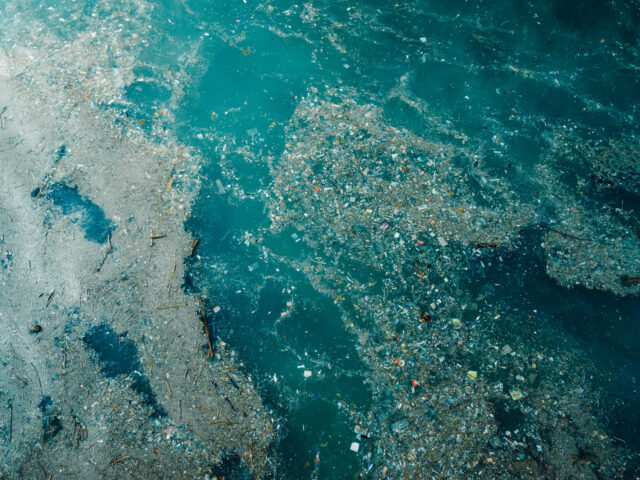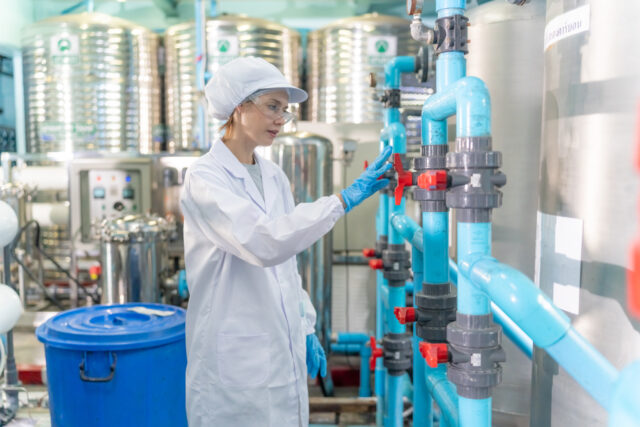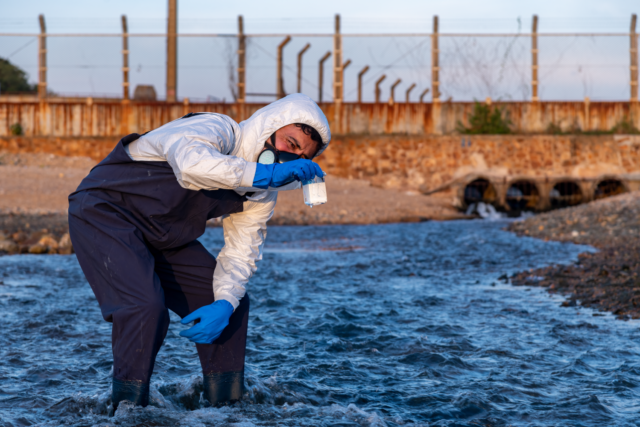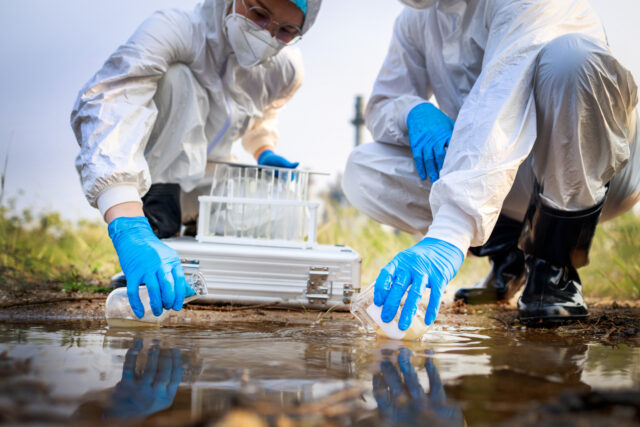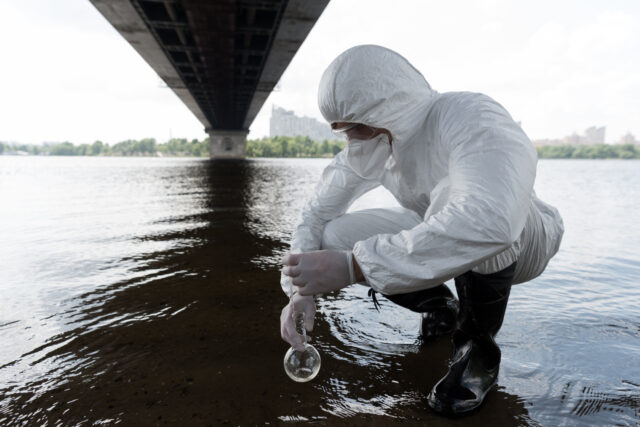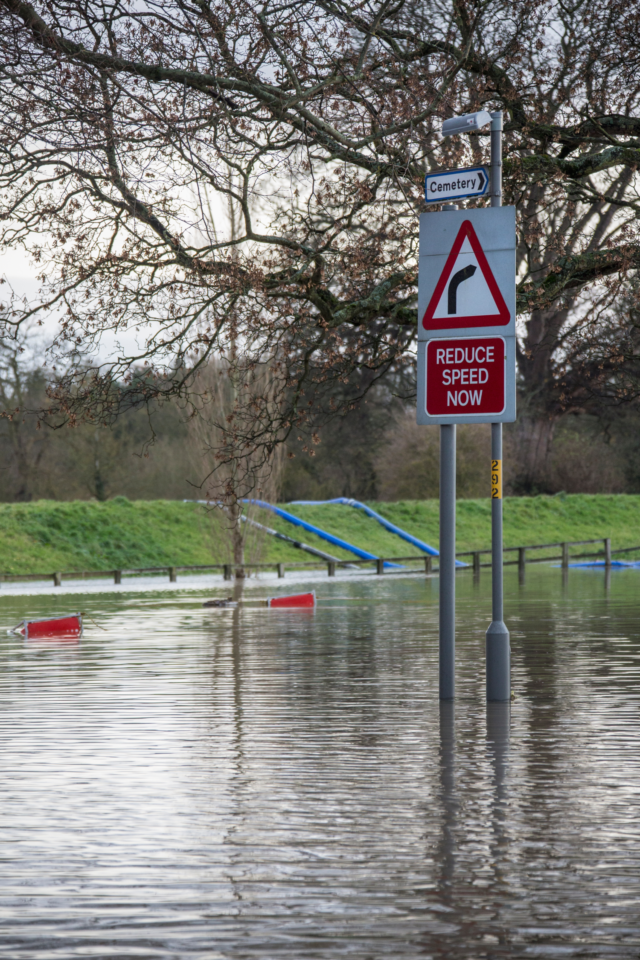Microplastics: Macro Problems
In the evolving landscape of water treatment, the emergence of microplastics as a contaminant has become a pressing concern for professionals in the field. As particles smaller than five millimeters, microplastics’ pervasive presence in global water supplies is not only an environmental issue but also a public health challenge. This article delves into the multifaceted approach water treatment professionals are adopting to navigate the challenges and solutions in removing microplastics from water supplies.
Recent studies have highlighted the ubiquity of microplastics in various water sources, including rivers, lakes, and even tap water. Originating from a variety of sources such as cosmetic products, clothing fibers, and larger plastic debris that degrades over time, these particles have been found to carry toxic substances, posing potential risks to aquatic life and human health.
One of the primary challenges in tackling microplastics is their detection. Traditional water treatment processes are not designed to capture particles as small and varied as microplastics. The lack of standardized methods for monitoring and quantifying these particles further complicates efforts to assess and manage their presence in water supplies.
In response to this challenge, water treatment professionals are exploring a range of innovative solutions. Advanced filtration techniques, such as membrane filtration and biofiltration, have shown promise in capturing microplastics. Research into nanotechnology and magnetic separation methods also offers potential pathways for more effective removal processes.
Moreover, the development of bio-based solutions, utilizing microorganisms that can degrade or assimilate microplastics, represents an exciting frontier in water treatment technology. These solutions not only aim to remove microplastics but also to convert them into harmless or even beneficial materials.
Amid these technological advances, the regulatory landscape concerning microplastics is still in its infancy. Some countries have begun to establish guidelines for monitoring microplastics in water sources, but a global consensus on acceptable levels and standardized testing methods remains elusive. Water treatment professionals are actively participating in discussions and research to inform policy development and ensure that water quality standards evolve to address this emerging contaminant effectively.
Collaboration among researchers, technology developers, policymakers, and the water treatment community is crucial for advancing the fight against microplastics. Sharing knowledge and best practices, as well as fostering public awareness of the sources and impacts of microplastics, are vital components of a comprehensive strategy to reduce their presence in water supplies.
As water treatment professionals continue to navigate the challenges posed by microplastics, their role in safeguarding public health and environmental integrity has never been more critical. The path forward will require a sustained commitment to innovation, collaboration, and education. By harnessing emerging technologies and advocating for informed policy measures, the water treatment community can make significant strides in mitigating the impact of microplastics on our water and our world.
The issue of microplastics in water supplies presents a complex challenge that demands a multifaceted response. Through continued research, technological innovation, and collaborative efforts to shape effective regulations, water treatment professionals are at the forefront of ensuring that our water remains safe for generations to come.
Resources:
EPA
WHO






